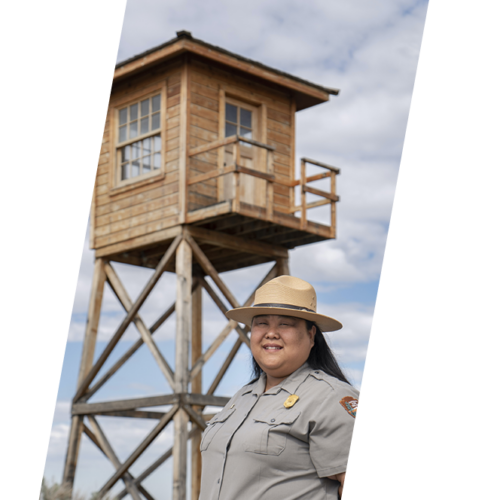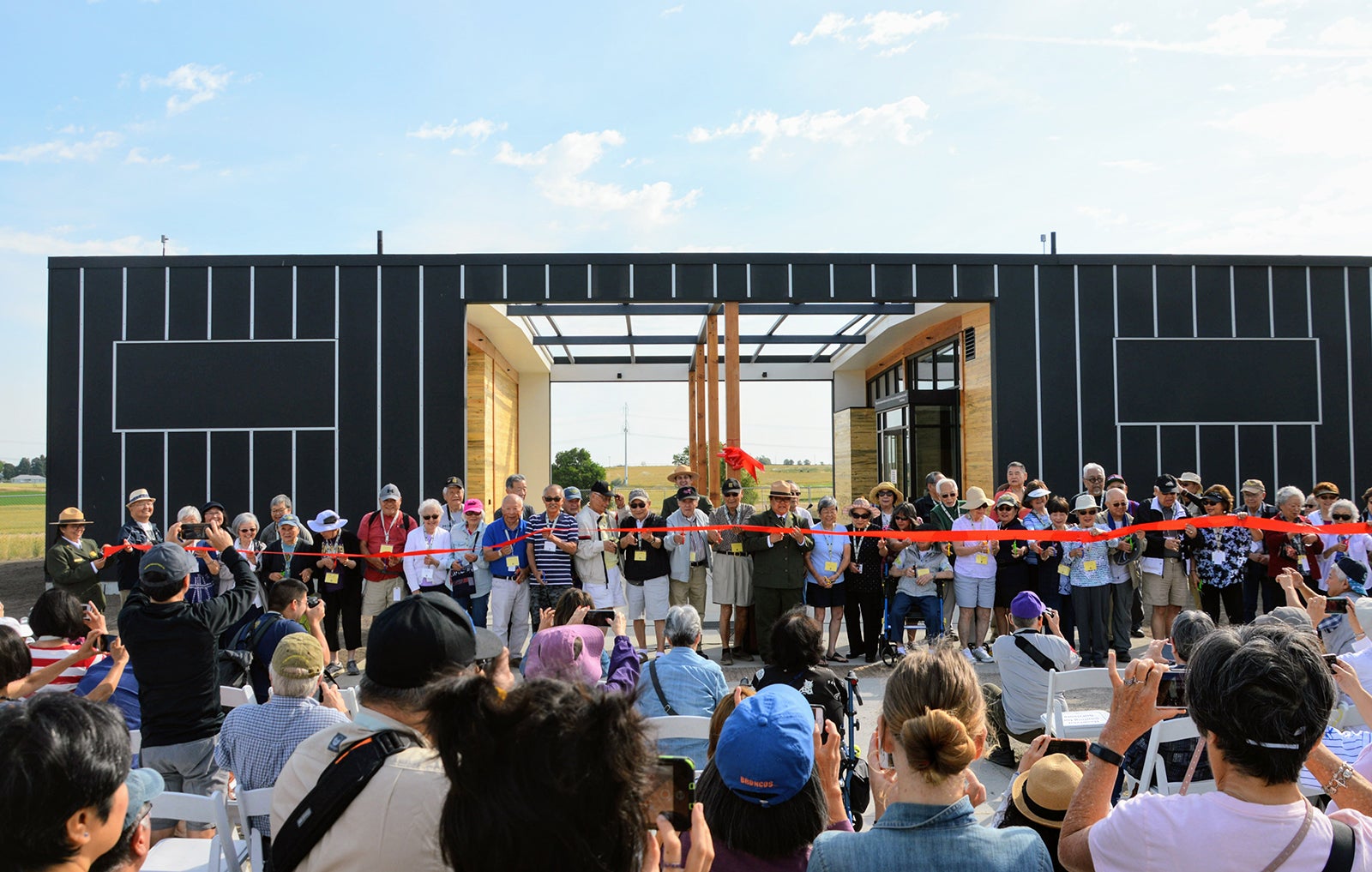
The National Park Service recently named Hanako Wakatsuki the first superintendent of Honouliuli National Historic Site in Honolulu, Hawaii. The site, not yet open to the public, interprets the history of civilian incarceration and the experience of prisoners of war in Hawaii during World War II.
Wakatsuki grew up in Boise and received her master of arts degree in museum studies from Johns Hopkins University. Her background has prepared her to share the history of civilians, prisoners of war and native Hawaiians.
“And it’s an honor to be the first superintendent of any site,” Wakatsuki said.
Her resume is filled with accomplishments: regional advisor for the White House Initiative on Asian Americans and Pacific Islanders, manager of the education program at the U.S. Navy Seabee Museum, and acting chief of interpretation and education at Pearl Harbor National Memorial.
For the past four years, Wakatsuki was chief of interpretation and education at the Minidoka National Historic Site, near Jerome, Idaho, one of 10 prison camps that held Japanese Americans during World War II, including members of her family.
That she now wears the badge of the National Park Service, a bureau of the Department of the Interior that oversaw the prison camps, is not without conflict for Wakatsuki, “But we need to know this history. And sometimes, people need to hear a personal story to connect,” she said. “Empathy is the highest level of understanding.”
Wakatsuki believes her work pays tribute to her ancestors – her aunts and uncles born in U.S. camps and her grandfather who was drafted into the military even as his wife and children were imprisoned. Wakatsuki is the grand niece of Jeanne Wakatsuki Houston, author of the seminal incarceration memoir, “Farewell to Manzanar.”
Wade Vagias, superintendent of the Minidoka site, Craters of the Moon National Monument and Preserve, and the Hagerman Fossil Beds National Monument, said Wakatsuki “wiped the slate clean” in terms of what it meant to be chief of interpretation and education.
“I thought, the more I can empower this person and stay out of her way, the better,” Vagias said.

Wakatsuki looked outside the park system to build partnerships with Japanese American groups and bridges between Minidoka and other incarceration sites across the West. Vagias credits Wakatsuki with creating an internship program that has funneled history students into permanent positions with the park service. One of her proudest moments on the job, she said, came in 2019 with the soft opening of the Minidoka Visitor Center. Survivors of the camp, now elderly, stood shoulder to shoulder with Wakatsuki at the ribbon-cutting ceremony. The ceremony coincided with the annual survivors’ pilgrimage to the site.
As an undergraduate at Boise State, Wakatsuki studied with the late Professor Bob Sims, an expert on the era of Japanese American incarceration. She joined the Political Science Association and the Japan Club; organized events like Japan Night and the Idaho Japan Festival. She learned skills – building coalitions, managing budgets, and working with city, state, and national government agencies – that have served her throughout her career, she said.
“I was the first in my family to go to a four- year institution,” Wakatsuki said. “I didn’t know what I was doing. But Boise State gave me guidance, and the opportunities I know I would not have had elsewhere.”
Hanako Wakatsuki